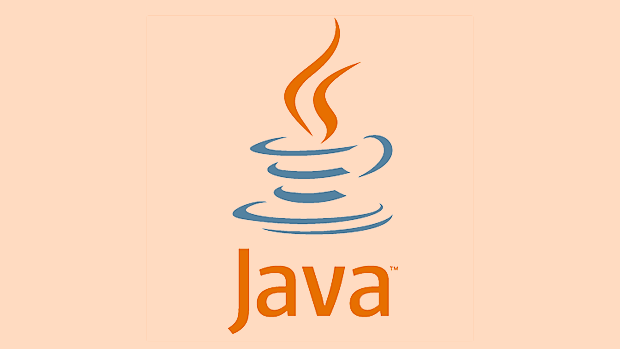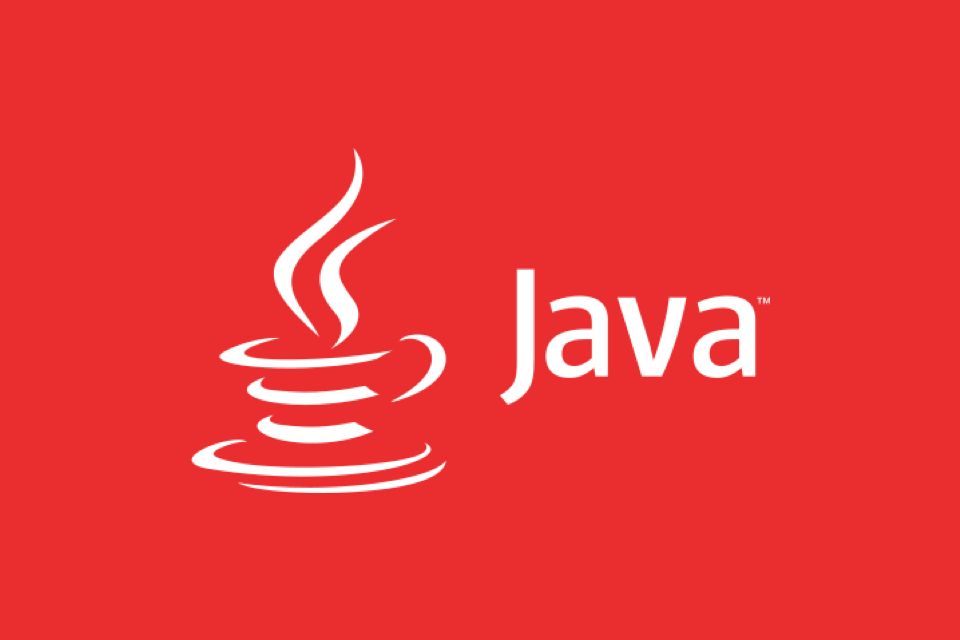Master the POM as a declarative blueprint defining project identity, dependencies, and structure. 2. Use Maven’s built-in lifecycles and phases like compile, test, and package to ensure consistent, automated builds. 3. Manage dependencies effectively with proper scopes and dependencyManagement to avoid conflicts. 4. Organize large projects into multi-module setups with a parent POM for unified configuration. 5. Leverage standard plugins for compilation, testing, and packaging without over-customizing, enabling reliable and maintainable builds.

Maven isn’t just a build tool—it’s a project management powerhouse for Java developers. If you’ve ever struggled with dependency conflicts, inconsistent builds, or messy project structures, mastering Maven can transform how you develop Java applications.

Here’s what actually matters when using Maven effectively.
1. Understand the Project Object Model (POM)
At the heart of every Maven project is the pom.xml file. This isn’t just a config file—it’s the blueprint of your project.

The POM defines:
- Project metadata (group ID, artifact ID, version)
- Dependencies
- Build plugins and configuration
- Profiles for different environments
- Inheritance and multi-module setups
Key insight: Think of your POM as declarative code. You’re not scripting how to build—you’re declaring what the project is and what it needs.

For example:
<groupId>com.example</groupId> <artifactId>my-app</artifactId> <version>1.0.0</version> <packaging>jar</packaging>
This tells Maven exactly how to identify and package your project. Get this right, and everything else flows.
2. Leverage the Build Lifecycle (Don’t Just Run mvn install Blindly)
Maven’s lifecycle is one of its most powerful—and misunderstood—features.
There are three built-in lifecycles:
- default (handles project deployment)
- clean (removes build artifacts)
- site (generates project documentation)
Each has phases. For example, the default lifecycle includes:
compiletestpackageverifyinstalldeploy
When you run mvn package, Maven automatically runs all previous phases in order. No need to manually compile or test first.
Pro tip: Use specific phases based on what you need:
mvn compile– quick check if code buildsmvn test– run unit tests without packagingmvn clean package– full rebuild and package (common in CI)
This ensures consistency and avoids skipping critical steps.
3. Manage Dependencies Like a Pro
Dependencies are where Maven shines—when used correctly.
Add a dependency? Just declare it:
<dependency>
<groupId>junit</groupId>
<artifactId>junit</artifactId>
<version>4.13.2</version>
<scope>test</scope>
</dependency>But here’s what separates beginners from masters:
Use dependency scopes wisely:
compile(default): available in all classpathstest: only for testing (e.g., JUnit)provided: expected to be provided by runtime (e.g., Servlet API)runtime: needed at runtime but not compile time (e.g., JDBC drivers)system/import: advanced use cases
Avoid version sprawl: Use
<dependencyManagement>in parent POMs to control versions across modules:<dependencyManagement> <dependencies> <dependency> <groupId>org.springframework</groupId> <artifactId>spring-core</artifactId> <version>5.3.21</version> </dependency> </dependencies> </dependencyManagement>Check for duplicates/conflicts: Run
mvn dependency:treeto see exactly what’s being pulled in. It’s eye-opening.
4. Use Multi-Module Projects for Real-World Apps
When your system grows, split it into modules:
my-project/
├── pom.xml (parent)
├── core/
│ └── pom.xml
├── web/
│ └── pom.xml
└── api/
└── pom.xmlThe parent POM:
<modules>
<module>core</module>
<module>web</module>
<module>api</module>
</modules>Benefits:
- Build all modules consistently with one command
- Share configurations and versions
- Enforce standards across teams
This mirrors real enterprise architecture and makes CI/CD much smoother.
5. Customize with Plugins (But Don’t Overdo It)
Maven plugins do the heavy lifting:
maven-compiler-plugin– control Java versionmaven-surefire-plugin– run testsmaven-jar-plugin/maven-war-plugin– packagingmaven-shade-plugin– create fat JARs
Example: Set Java 17 compilation:
<plugin>
<groupId>org.apache.maven.plugins</groupId>
<artifactId>maven-compiler-plugin</artifactId>
<version>3.11.0</version>
<configuration>
<source>17</source>
<target>17</target>
</configuration>
</plugin>Avoid writing custom plugins unless absolutely necessary. Most problems already have a solid plugin solution.
Mastering Maven isn’t about memorizing commands—it’s about embracing convention over configuration, understanding the lifecycle, and using the POM to express your project’s intent clearly.
Once you get that, builds become predictable, dependencies manageable, and teamwork smoother.
Basically, you stop fighting your build tool—and start leveraging it.
The above is the detailed content of Mastering Maven for Java Project Management. For more information, please follow other related articles on the PHP Chinese website!

Hot AI Tools

Undress AI Tool
Undress images for free

Undresser.AI Undress
AI-powered app for creating realistic nude photos

AI Clothes Remover
Online AI tool for removing clothes from photos.

Clothoff.io
AI clothes remover

Video Face Swap
Swap faces in any video effortlessly with our completely free AI face swap tool!

Hot Article

Hot Tools

Notepad++7.3.1
Easy-to-use and free code editor

SublimeText3 Chinese version
Chinese version, very easy to use

Zend Studio 13.0.1
Powerful PHP integrated development environment

Dreamweaver CS6
Visual web development tools

SublimeText3 Mac version
God-level code editing software (SublimeText3)

Hot Topics
 A Developer's Guide to Maven for Java Project Management
Jul 30, 2025 am 02:41 AM
A Developer's Guide to Maven for Java Project Management
Jul 30, 2025 am 02:41 AM
Maven is a standard tool for Java project management and construction. The answer lies in the fact that it uses pom.xml to standardize project structure, dependency management, construction lifecycle automation and plug-in extensions; 1. Use pom.xml to define groupId, artifactId, version and dependencies; 2. Master core commands such as mvnclean, compile, test, package, install and deploy; 3. Use dependencyManagement and exclusions to manage dependency versions and conflicts; 4. Organize large applications through multi-module project structure and are managed uniformly by the parent POM; 5.
 Building RESTful APIs in Java with Jakarta EE
Jul 30, 2025 am 03:05 AM
Building RESTful APIs in Java with Jakarta EE
Jul 30, 2025 am 03:05 AM
SetupaMaven/GradleprojectwithJAX-RSdependencieslikeJersey;2.CreateaRESTresourceusingannotationssuchas@Pathand@GET;3.ConfiguretheapplicationviaApplicationsubclassorweb.xml;4.AddJacksonforJSONbindingbyincludingjersey-media-json-jackson;5.DeploytoaJakar
 python property decorator example
Jul 30, 2025 am 02:17 AM
python property decorator example
Jul 30, 2025 am 02:17 AM
@property decorator is used to convert methods into properties to implement the reading, setting and deletion control of properties. 1. Basic usage: define read-only attributes through @property, such as area calculated based on radius and accessed directly; 2. Advanced usage: use @name.setter and @name.deleter to implement attribute assignment verification and deletion operations; 3. Practical application: perform data verification in setters, such as BankAccount to ensure that the balance is not negative; 4. Naming specification: internal variables are prefixed, property method names are consistent with attributes, and unified access control is used to improve code security and maintainability.
 css dark mode toggle example
Jul 30, 2025 am 05:28 AM
css dark mode toggle example
Jul 30, 2025 am 05:28 AM
First, use JavaScript to obtain the user system preferences and locally stored theme settings, and initialize the page theme; 1. The HTML structure contains a button to trigger topic switching; 2. CSS uses: root to define bright theme variables, .dark-mode class defines dark theme variables, and applies these variables through var(); 3. JavaScript detects prefers-color-scheme and reads localStorage to determine the initial theme; 4. Switch the dark-mode class on the html element when clicking the button, and saves the current state to localStorage; 5. All color changes are accompanied by 0.3 seconds transition animation to enhance the user
 css dropdown menu example
Jul 30, 2025 am 05:36 AM
css dropdown menu example
Jul 30, 2025 am 05:36 AM
Yes, a common CSS drop-down menu can be implemented through pure HTML and CSS without JavaScript. 1. Use nested ul and li to build a menu structure; 2. Use the:hover pseudo-class to control the display and hiding of pull-down content; 3. Set position:relative for parent li, and the submenu is positioned using position:absolute; 4. The submenu defaults to display:none, which becomes display:block when hovered; 5. Multi-level pull-down can be achieved through nesting, combined with transition, and add fade-in animations, and adapted to mobile terminals with media queries. The entire solution is simple and does not require JavaScript support, which is suitable for large
 Developing a Blockchain Application in Java
Jul 30, 2025 am 12:43 AM
Developing a Blockchain Application in Java
Jul 30, 2025 am 12:43 AM
Understand the core components of blockchain, including blocks, hashs, chain structures, consensus mechanisms and immutability; 2. Create a Block class that contains data, timestamps, previous hash and Nonce, and implement SHA-256 hash calculation and proof of work mining; 3. Build a Blockchain class to manage block lists, initialize the Genesis block, add new blocks and verify the integrity of the chain; 4. Write the main test blockchain, add transaction data blocks in turn and output chain status; 5. Optional enhancement functions include transaction support, P2P network, digital signature, RESTAPI and data persistence; 6. You can use Java blockchain libraries such as HyperledgerFabric, Web3J or Corda for production-level opening
 How to use Java MessageDigest for hashing (MD5, SHA-256)?
Jul 30, 2025 am 02:58 AM
How to use Java MessageDigest for hashing (MD5, SHA-256)?
Jul 30, 2025 am 02:58 AM
To generate hash values using Java, it can be implemented through the MessageDigest class. 1. Get an instance of the specified algorithm, such as MD5 or SHA-256; 2. Call the .update() method to pass in the data to be encrypted; 3. Call the .digest() method to obtain a hash byte array; 4. Convert the byte array into a hexadecimal string for reading; for inputs such as large files, read in chunks and call .update() multiple times; it is recommended to use SHA-256 instead of MD5 or SHA-1 to ensure security.
 python parse date string example
Jul 30, 2025 am 03:32 AM
python parse date string example
Jul 30, 2025 am 03:32 AM
Use datetime.strptime() to convert date strings into datetime object. 1. Basic usage: parse "2023-10-05" as datetime object through "%Y-%m-%d"; 2. Supports multiple formats such as "%m/%d/%Y" to parse American dates, "%d/%m/%Y" to parse British dates, "%b%d,%Y%I:%M%p" to parse time with AM/PM; 3. Use dateutil.parser.parse() to automatically infer unknown formats; 4. Use .d






